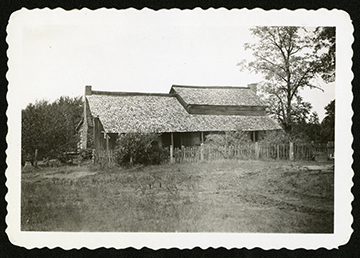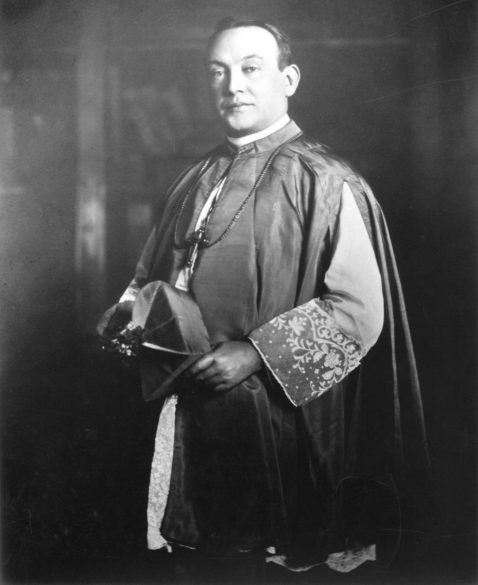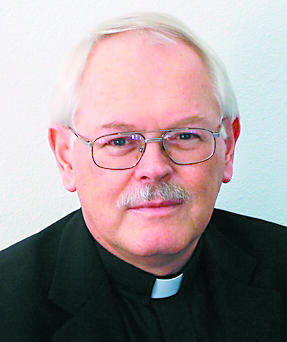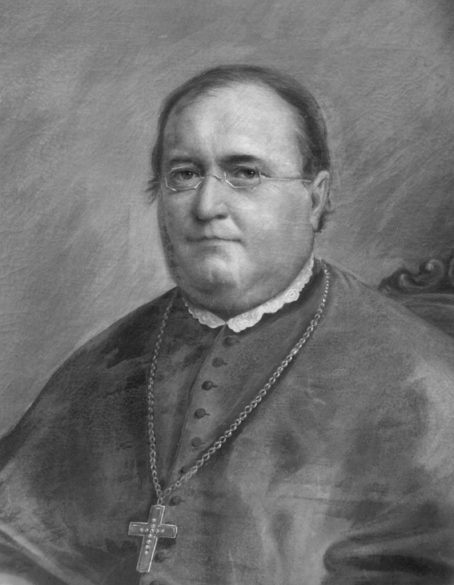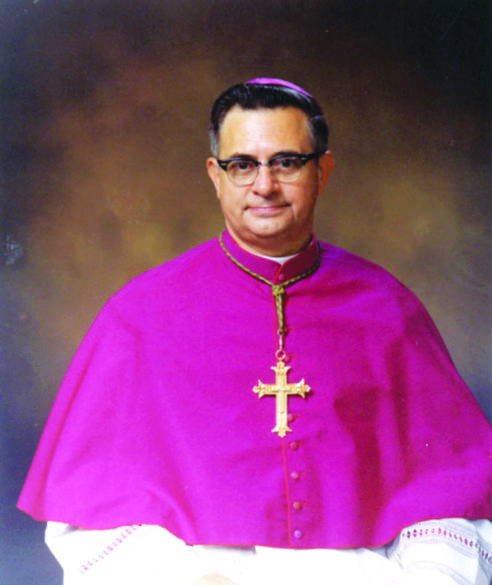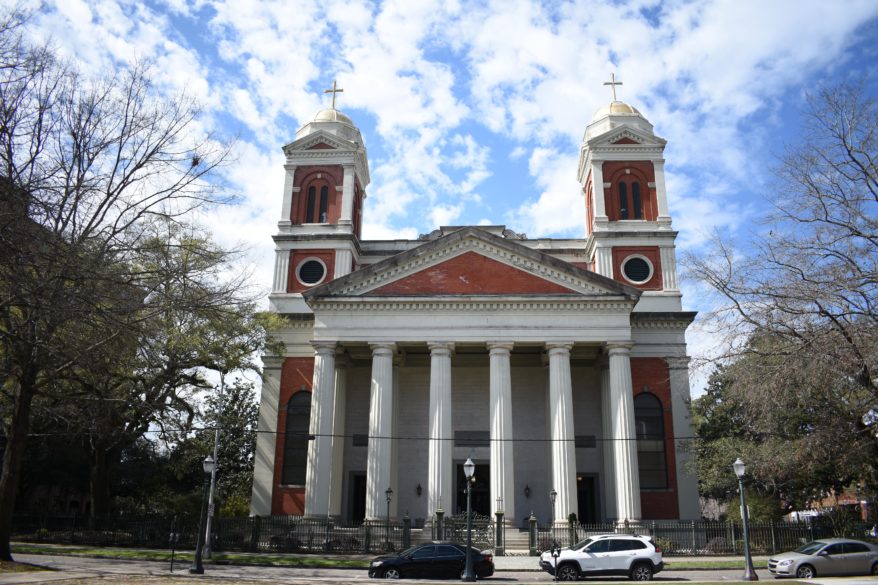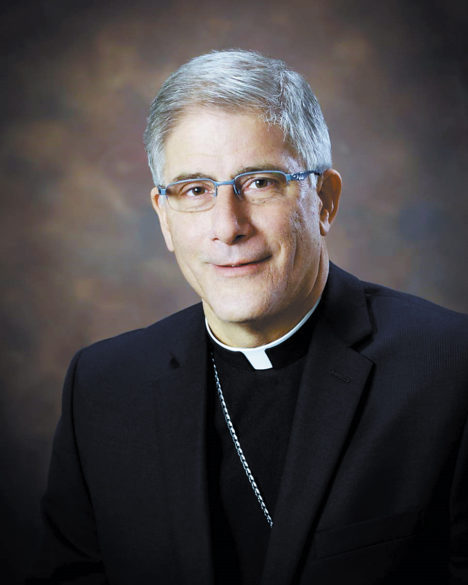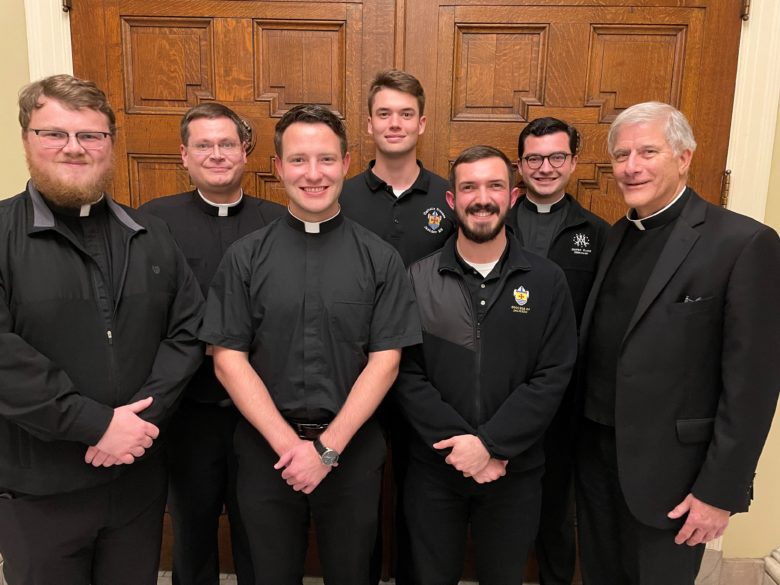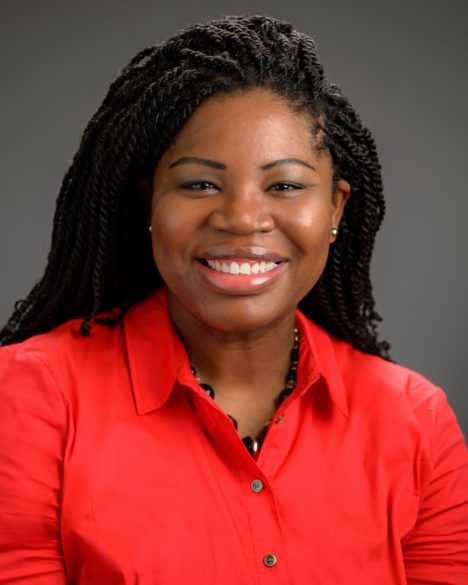On Ordinary Times
By Lucia A. Silecchia
On New Year’s Eve, I found myself in a favorite small town donut shop in Pennsylvania. While many may crave more lavish year end celebrations, for me it is good company, hot coffee and a fresh donut bursting with coconut custard that make a sweet way to bid farewell to one year and greet the next.
The cashier at the donut shop was handing out calendars that day. The one she gave me will find its way into my office where, for twelve months, it will keep me constantly craving donuts.
In coffee shops, banks, grocery stores, churches, repair shops and stationary stores everywhere, calendars are scattered at the start of a new year. Perhaps, the paper calendar is in decline a bit as many live by online schedules and the ever-present daily data from smart phones. Yet, I hope that the paper calendar endures. It is a tangible sign of the gift of time. The calendars we hold in our hands, tack on our walls, keep on our desks, or toss in piles of papers are simple reminders to entrust the new year to God.
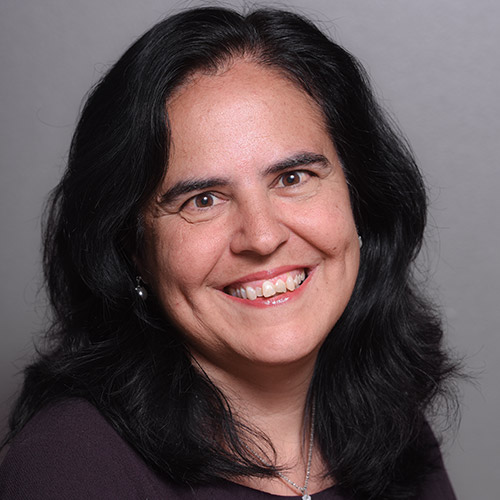
The pages of our calendars may already have notes about what is expected to happen in 2022. The pages are preprinted with holidays, observances, and the starts and ends of seasons. Calendars of a religious nature highlight the feast days and liturgical seasons that mark our walk through this life on our way to the eternal.
We also mark on the pages those events that we ourselves plan for 2022. We record routine obligations, vacation plans, birthdays, anniversaries, graduations and the special events and celebrations that we hope will lie ahead in the months to come.
Yet, most of the days of the calendar hold the unknown because the futures held in those days are still hidden. They are in the hands of God and will stay safely there as they unfold.
Right now, when I look at the donut shop calendar, I do not know which days will bring unexpected joys. I cannot predict what days will record meetings with students who have painful struggles or dinners with friends to share exciting news or newfound fears.
I see blank pages now where new adventures will take place and days that will be spent with those I love. I know that many meetings will be added to the schedule – and with uncertainty I wonder whether I will have the wisdom or insight to make the most of them.
I cannot tell now if there will be medical appointments on any of those days when I or someone I love receives bad news. I cannot tell which days will go well, and which will leave me yearning for the chance to re-do something I did or said.
I do not yet know if I will use the days of this new year wisely and keep enough time for prayer and contemplation. Somehow, for me, that which is most important never gets scheduled at all.
I cannot tell if there are days ahead when my schedule includes commitments I should have declined – or fails to include commitments I should have made. I do not know which days I will have an opportunity to say or do something that helps another along life’s path, or whether I will take or waste that opportunity.
I do not know which days might hold first meetings with those who may become lifelong friends. I do not know which days I might hold a newborn seeing the world for the first time or clasp the hand of an elder seeing the world for the last time.
Most profoundly, I do not know if, on any of the days on my calendar, I will ever mark a small cross – something my mother always did on her calendar when someone she loved passed from this life. I do not know if there will be a day on which my own entries themselves will stop because I cannot presume that I will have any day beyond today.
Perhaps when you look at your calendar you sense the same “unknown-ness” that I do. It fills me with hope and a deep sense of how much I need to entrust the 365 days on my donut shop calendar to God.
For all of us, the dark (but lengthening!) days of January may be the right time to briefly hold our calendars in our hands or look at them hanging on our walls and pray that the days they mark will hold only what is good, holy and healthy for body and spirit. It is a chance to pray, together, that we can be good and faithful stewards of the time we are given, that we will give more than we receive and that even the most ordinary days will be traveled with reverence for how extraordinary the gift of days is. With these hopes is a prayer that God will strengthen, help, guide and bless all of us embarking on our new days of ordinary time.
Happy New Year! May God bless you and yours.
(Lucia A. Silecchia is a Professor of Law at the Columbus School of Law at the Catholic University of America. “On Ordinary Times” is a biweekly column reflecting on the ways to find the sacred in the simple. Email her at silecchia@cua.edu.)

